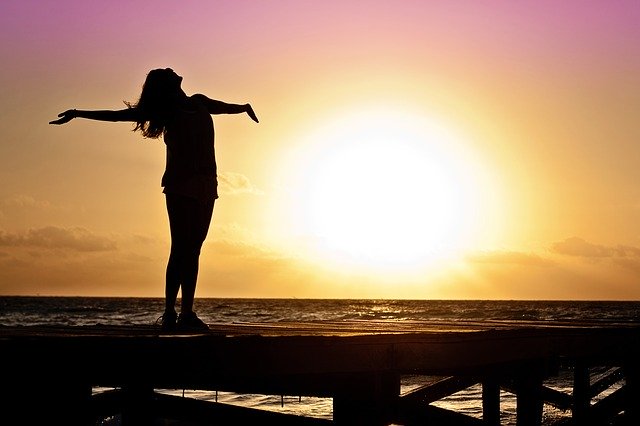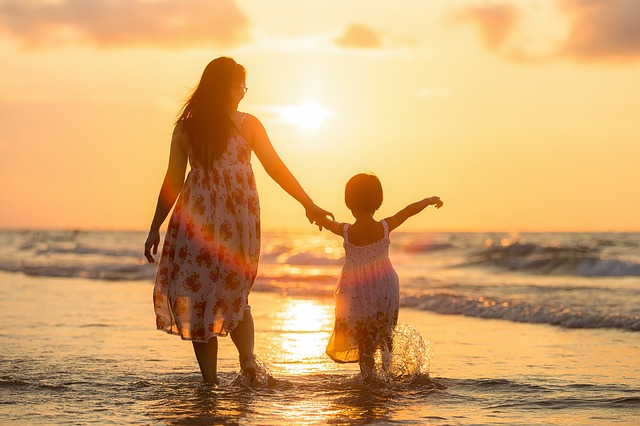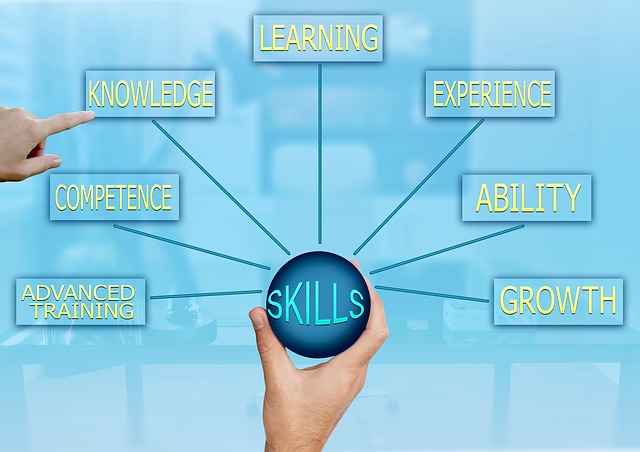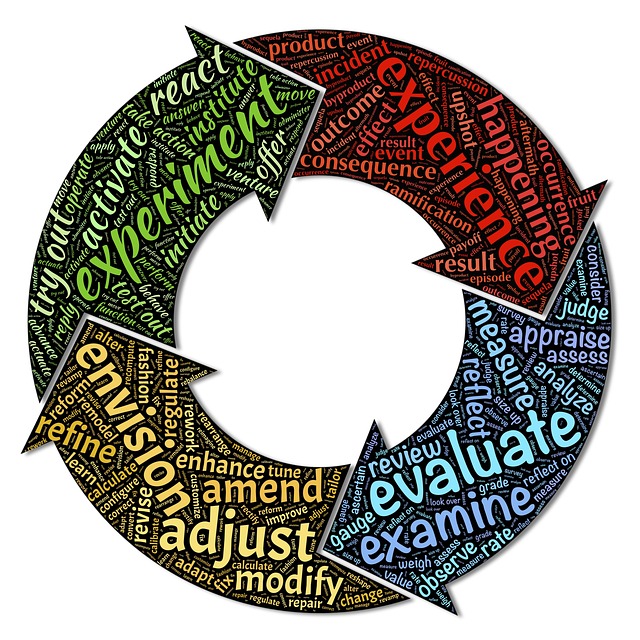In a previous post I explored the use of storytelling as a way to manage life transitions. In this post I want to discuss a story of personal transition shared by Peggy Farah, mindfulness teacher and licensed physiotherapist. Peggy was interviewed by Jon Waal on his Life Through Transitions podcast (Episode 48). Her focus in the interview is tuning into your body using mindfulness as a way to manage life transitions. She initially started her more than 20 years working with emotional and mental health by supporting children and youth who were dealing with grief, loss or critical illness – all extreme life transitions that are described by Bruce Feiler as “lifequakes”.
Beneath Peggy’s competence as a therapist was a private struggle with “body image” – she was disgusted with her body (despite dieting) and had a “difficult relationship with food”. It was as if she disowned her body and continuously retreated into her thoughts, becoming lost in cognitive processes – avoiding having to confront her challenging relationship with her body. It was during her Masters study of Psychotherapy and Spirituality that she was able to use mindfulness to “reclaim her body”.
As part of her postgraduate studies, Peggy had explored the concept of “presence” and discovered the merits of Eastern religions, especially Buddhism. She was also introduced to the numerous documented benefits of mindfulness which she describes as “deep noticing” in a way that is non-judgmental. This opened up the possibility of overcoming her own negative self-evaluation and time spent in her “monkey brain” – in Buddhist philosophy, the concept of “monkey mind” relates to restlessness, disorder and lack of control.
Mindfulness to manage transitions
From her reading, Peggy came to understand that mindfulness could provide her with an “emotional breather”, could actually enable her to “press pause” in her debilitating negative thinking pattern. She decided to re-focus her Masters thesis on herself undertaking a heuristic study (where she was both the researcher and subject of her research). Her aim was to apply the principles of mindfulness and presence to her negative relationship with her own body and food so that she could gain “self-acceptance” – a fundamental outcome of mindfulness.
Interestingly, Peggy’s route to mindfulness was through her body – being present in the moment through her body (our body is always in the moment, in the “here and now” – it’s our minds that persist in exploring the past or the future). She was able to become grounded by focusing on her feet on the floor, her body on the chair, and getting in touch with the physical sensations of her body (a process that involves a “body scan”). She adopted “mindful eating” practices – the opposite to her previous behaviour. She expanded her mindfulness practices to daily observation and journalling and engaging in “micro-practices”. She became aware that the more you practise mindfulness, the more often “spontaneous mindfulness’ occurs in your daily life – you suddenly feel more present in everyday events, such as when observing a flower or leaf.
As she continued her mindfulness practise and her Master’s research on what was happening for her, she began to experience the documented benefits of mindfulness – increased joy and compassion, greater awareness (of self, others and nature), and “deepened relationships”. She changed from being a “wound-up” Type A senior manager caught up in endless daily tasks to someone who became “anchored in the moment”. She was able to spontaneously appreciate the shape and beauty of a leaf, to achieve real “presence” when doing yoga, and be really present to her family at the dinner table. Previously, yoga became a catalyst for negative self-comparison – comparing her body to that of others participating in practice on the mat.
Penny graduated with her Master’s degree in 2012 and it was not long after this achievement that she moved into her private psychotherapy practice, where, among other services she shares her own experience and learning to enable clients to heal their relationship with their body and food (thus overcoming “emotional and binge eating, chronic dieting, negative body image”). Peggy also offers anyone a free 12-session, self-help course that she describes as the Deeper Cravings Path™ – a path to achieving a “true connection with your body and develop a peaceful relationship with food”.
Reflection
Peggy has achieved a number of significant life transitions including moving from a person who disowned her own body (despite externally recognised therapeutic competence) to “body reclamation” and self-acceptance; from an overworked and highly stressed senior manager to a calming influence in her private practice helping others achieve creative life transitions. Peggy now sees her body as “an avenue to return to myself”. She is living evidence of the transformative effect of mindfulness practice.
Peggy asserts that her achievements to date do not mean that she no longer encounters personal challenges or that she will be free from “lifequakes” in the future. What it does mean is that she now has the ability to drop into her body when feeling stressed and to take an “emotional breather” and “press pause” in her negative thinking pattern. Her interviewer, Jon De Waal, reminds us that “every thought we have carries an emotional charge”. Thus mindfulness practice by suspending or reducing our thinking provides us with a refuge from life’s challenges.
In my current life transition from a competent and active tennis player to a person in rehabilitation for spinal degeneration, I can take inspiration from Peggy’s journey and storytelling. As I grow in mindfulness, I can experience gratitude for the many positives in my life, persist in the process of rehabilitation and creatively develop a new identity and life story.
________________________________
Image by smellypumpy from Pixabay
By Ron Passfield – Copyright (Creative Commons license, Attribution–Non Commercial–No Derivatives)
Disclosure: If you purchase a product through this site, I may earn a commission which will help to pay for the site, the associated Meetup group, and the resources to support the blog.










